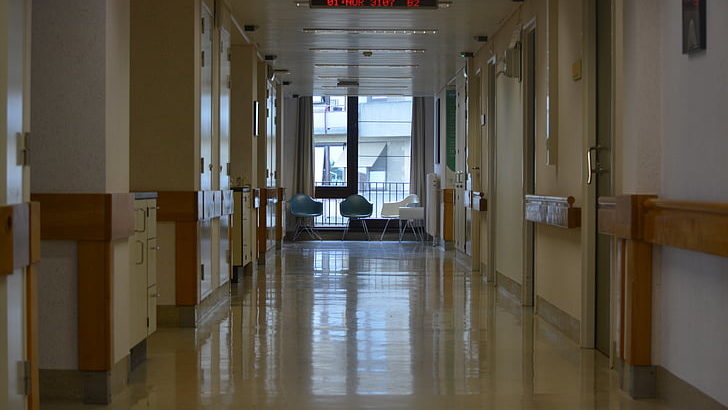Ensuring the safety of patients and clinical staff in healthcare facilities is critical to providing a good healthcare experience. Developing hospital cleaning guidelines allows hospitals to keep everyone protected while minimizing the spread of infections.
Why Are Cleaning Guidelines Important?
Healthcare-associated infections (HAIs) can negatively impact patient safety. According to the CDC, about one in 31 hospital patients can have at least one HAI on any given day. Cleaning guidelines must be established in order to prevent infection spread within healthcare facilities. Proper training on the cleaning guidelines will help increase compliance in practices that reduce the risk of patients developing HAIs. Effective cleaning guidelines that incorporate federal regulations best practices can support the safety of patients and hospital staff.
Develop a Cleaning Checklist
Creating and following a standardized cleaning checklist, especially for frontline environmental services staff, ensure hospital cleaning guidelines are understood and followed. A checklist that staff can refer to while they’re on the job helps ensure that no steps are missed. Even veteran staff can benefit from having a checklist on hand, as it is all too easy to forget small details in stressful or busy situations. As cleaning technology and protocols evolve, checklists can also be updated.
Ensuring Clean Equipment
Following best practices for using clean equipment, such as removing a mop head and replacing it with a clean one before moving to another area, further maximizes safety in healthcare settings. Other examples include removing gloves inside-out after disinfecting an area and making sure never to use the same PPE to clean new areas, as doing so can spread pathogens unintentionally.
Moving from top to bottom while cleaning is another strategy associates can use to maximize safety. By cleaning from top to bottom, staff ensure dirt or microorganisms don’t drip or fall and thus contaminate cleaned areas. Associates should also clean in a systematic way to make sure they don’t miss any areas and keep all equipment clean. Moving from cleaner surfaces to dirtier ones also helps to ensure clean equipment by further helping to prevent the spread of dirt or microorganisms.
Using Quality Disinfectant
Regular cleaners are not appropriate for a healthcare setting. Healthcare facilities require higher cleanliness standards, which in turn translates to investing in quality disinfectants to use during cleaning. Powerful cleaners can kill most germs on contact, so associates don’t need to leave liquid on a surface before mopping or wiping.
Prioritizing Proper Hand Hygiene
Performing proper hand hygiene is an essential step whenever staff are cleaning in the hospital. The statistics underline the importance of hand hygiene: 80% of infections are spread by hands. Anything from a bed rail to a wheelchair or food tray transfers pathogens if proper hand hygiene procedures aren’t followed. Indeed, anyone working in a hospital can transfer pathogens via their hands, so it’s important to remain vigilant. Hand hygiene should, at minimum, take place upon entry and exit.
HAIs pose a serious risk to patient and staff safety, but several strategies exist that can significantly cut down on the chance of transferring pathogens that lead to HAIs. Following hospital cleaning guidelines can minimize the spread of infections.






